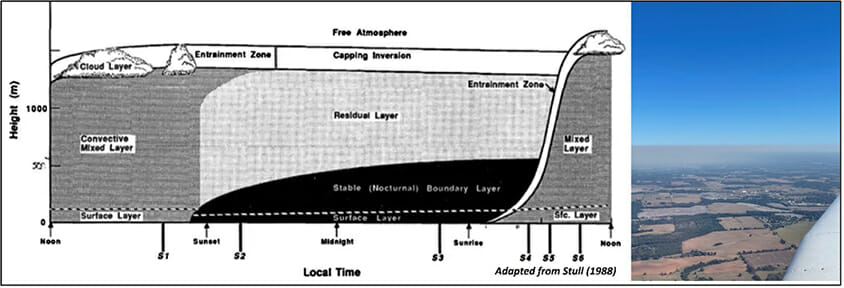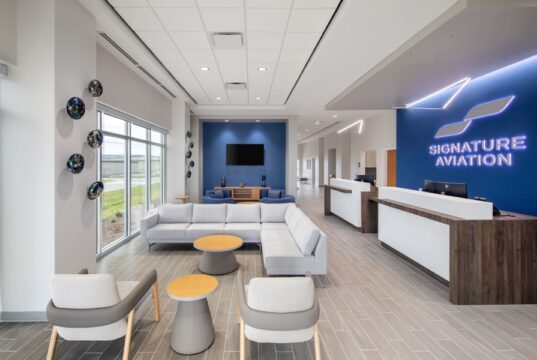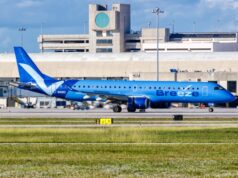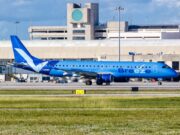
Aircraft operate in the Planetary Boundary Layer (PBL) during the critical phases of flight, e.g., takeoff, climb-out, low altitude cruise flight, approach, and landing. The PBL is the lowest layer of the atmosphere. The thickness of the PBL varies from the surface up to 300ft to 7000ft AGL. The layer of air above the PBL is termed “free atmosphere.” Understanding the characteristics of the PBL can help pilots mitigate numerous meteorological hazards and other threats, such as wake turbulence.
The stability of the PBL played an important role in the crash of a Learjet 45 in Mexico City. The Learjet was following a Boeing 767 on approach into Mexico City. Loss of control ensued when the Learjet was caught in the wake turbulence and crashed. The stability of the PBL impacts the cloud bases and tops, mixed-phase precipitation (e.g., hail and freezing rain), temperature inversions, turbulence, visibility (e.g., fog), wind gusts, and shear, among others.
The PBL illustrated with this article’s photo was taken 27 September 2022 near Dothan, Ala. It shows the surface, a mixed layer represented by a dense layer of dust, and the free atmosphere above.
While there are few meteorological products that provide a metric for aviators to evaluate the stability of the boundary layer, a brief study of the PBL and analyzing the thermodynamic profile (i.e., temperature and moisture) can help pilots and dispatchers make informed decisions. While the Aviation Digital Data Service (ADDS) website (www.aviationweather.gov) provides temperature and winds at different altitudes, the “Winds/Temp” products are not suitable for PBL analysis. However, graphical depictions from radiosonde observations and model-derived forecasts (e.g., Skew-T Log P diagrams) are available online. Thanks to “click-drag-select,” model-derived soundings features that are available through websites such as Tropical Tidbits (www.tropicaltidbits.com), pilots can visualize the PBL characteristics and overall atmospheric stability.
While analyzing the PBL can be technical and may require a greater understanding of meteorology, Websites such as COMET MetED (www.meted.ucar.edu) provide free online courses to improve your technical knowledge. The more you know, the better pilot you are.






















































































































